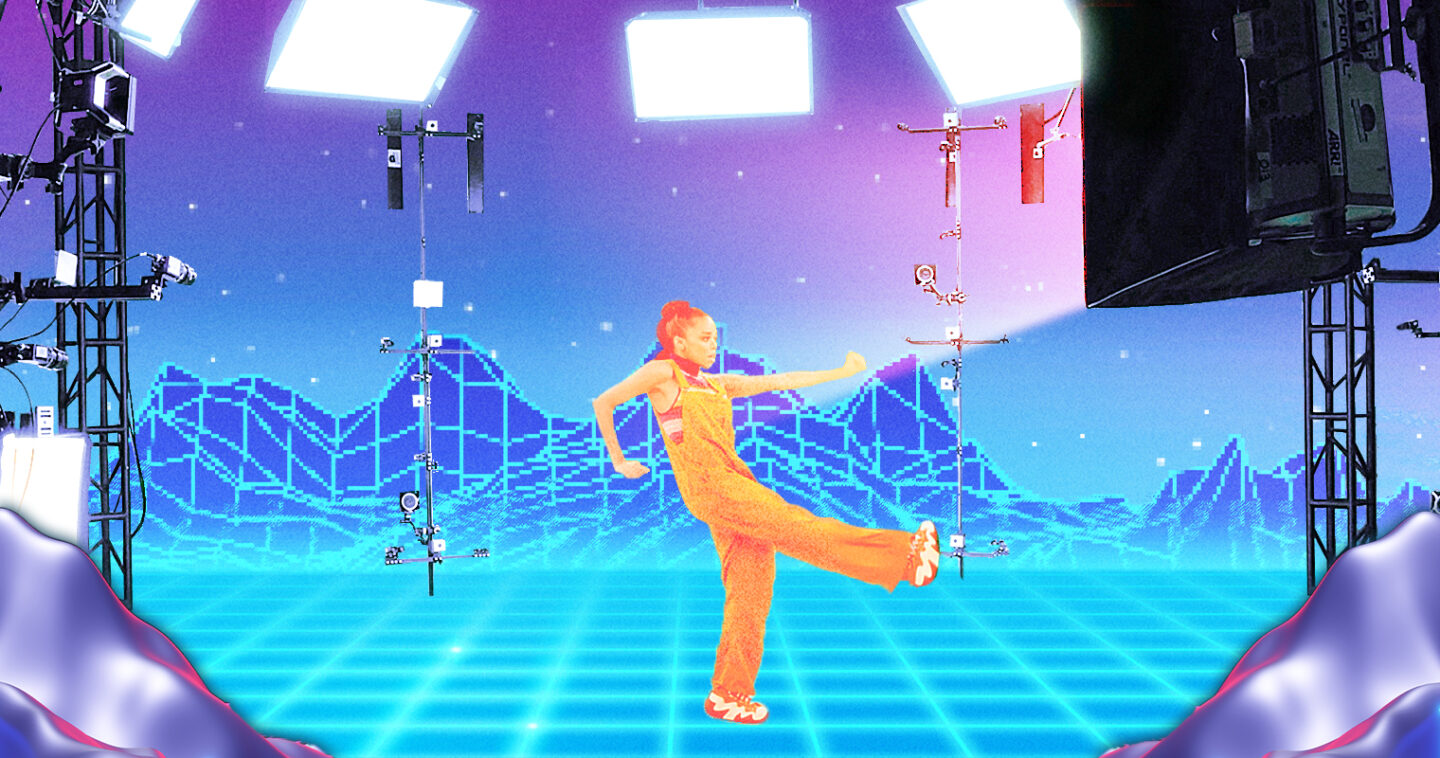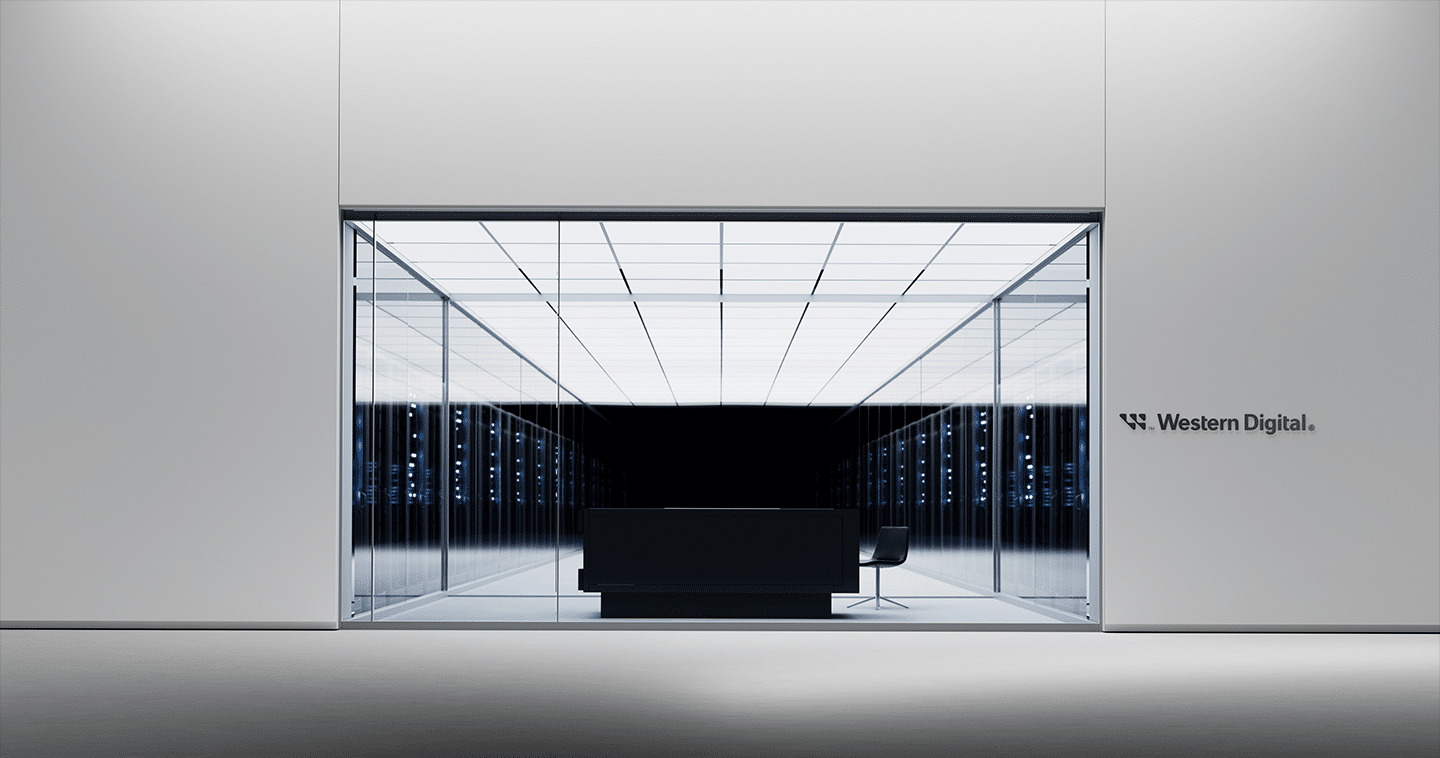Behind the Scenes of Volumetric Capture
Imagine being transported (virtually) to a dream vacation spot or practicing your golf swing alongside your idol. Volumetric capture is making such immersive experiences a reality. From sports and entertainment to police and medical training, Metastage is a leader in bringing data to life with its 106-camera studio and volumetric capture technology. (Learn more in Part I of this series).
The data equation
“Volumetric capture involves tons of data, and we’ve seen just how gargantuan these files can be,” said Judd Kim, co-founder and creative director at mixed reality agency Trigger XR, a Los Angeles-based developer studio and mixed reality agency that’s worked with Metastage on projects spanning from virtual travel tours to immersive fan experiences with world-famous athletes.
Metastage captures data up to 30 gigabytes per second (Gbps) to create its holograms. The longer they take to record, the more data there is. The entire process of capturing and processing holographic files involves merging, compressing, transferring, and storing huge volumes of data.
“They’ve got hundreds of cameras pointed at one person, all recording data simultaneously – video data, audio data, IR data, 3D data, positional data,” said Kim. “All of these need to be recorded in real time at a very high rate.”

The data on volumetric capture
The 106 cameras in the Metastage volumetric capture studio are a mix of 53 infrared and 53 RGB cameras, according to Adam Titchenal, project manager and volumetric capture technician at Metastage. The cameras capture a performer from every angle, even from above, creating a spatially smart data set where each camera has a pair and knows where the other 105 cameras are.
106 cameras capture a performer from every angle in the Metastage volumetric capture studio.
Infrared cameras are used to geometrically map out the shape of a performer, with numerous polygons, triangles, and vertices, called the “mesh.” RGB cameras add the details of textures and colors to the mesh. Assets can range from 10,000 to 60,000 polygons, depending on how heavy or light a file is desired. Textures can be from 1K to 4K pixels in size.
“The textures wrap around the mesh similar to paper mâché to align with the proper polygraphic shape,” explains Titchenal, who also oversees quality control and reviews every project before it advances to the next stage. Sometimes assets are sent back to reprocess.
After a series of iterations, the processing software transforms the data from extremely heavy amounts of data into lightweight, workable file sizes.
The final asset is delivered as a 10 MB file, small enough to stream on a mobile phone, integrated into VR headsets, or delivered as web content. That 10 MB file comes from the 30 Gbps a second of raw data captured, which gets compressed to file sizes as small as 70 MB per minute, according to Metastage CEO Christina Heller. These small file sizes enable Metastage and partners to build augmented reality (AR) activations, like holographic experiences through a web browser.
“It’s impressive that we can go from the massive raw data that Metastage captures down to the actual digestible amounts of data that can happen over a 5G mobile stream,” said Kim.
Authenticity for the archives
“What makes volumetric capture unique within the 3D capture space is that it’s difficult to edit it in the traditional sense of film editing, but that’s also what makes it extremely powerful,” said Skylar Sweetman, head of production at Metastage. “It’s so immersive with full-body capture. Having this kind of presence for future generations to have in full 360 is special. It’s difficult to change what happened on stage. It’s fully that person in that moment, so the authenticity of the capture is there.”
There’s an archival element to the assets created, such as legacy or archival captures. Metastage has created holograms of Holocaust survivors speaking of their experiences and survival, original Black Panthers from the 1960s, or a performer captured at a particular time in their career.
“Breonna’s Garden” is a project recently shared at the Tribeca Film Festival and SXSW. It’s a memorial tribute created as a colorful, peaceful space for loved ones and strangers to walk alongside a holographic image where they can process their grief and remember her name.
“What we’re doing when we capture someone on this stage is preserving this moment in its entirety,” said Heller. “It’s the closest thing to the presence of the person that is cinematically possible today.”
“It’s the closest thing to the presence of the person that is cinematically possible today.”
The Future
Most of the ways people engage with Metastage content today is through phone-based AR or web-based AR. The technology is only limited by today’s display technologies, according to Heller.
“It’s new technology, but it doesn’t compare to seeing the hologram appear in front of you with glasses and then, thinking ahead, what if we didn’t even need glasses in 20 years and we could actually see true 3D holographic displays,” said Heller.
After a project is complete, Metastage either deletes the source data or uploads it to cold storage in the cloud. If a client wants to save the data captured for future use, potentially to reprocess into other clips, it can be accessed. Metastage has a massive amount of on-site storage needs, cloud storage needs, and storage that facilitates transferring files back and forth.
Metastage’s Los Angeles studio has been one-of-a-kind in the industry until the company launched a second, exact replica of the original studio in Vancouver. Located in a well-known hub of digital content creators, it will serve virtual reality, gaming, and metaverse developers.
According to Heller, other volumetric capture solutions don’t have nearly as many cameras, which affects the quality of the resolution.
“When we’re talking about small Web AR activations, you may pick up on the nuances of the quality of the capture, [or] you may not,” said Heller. “But if you’re doing something for VR where it’s going to be in a headset, you know it needs to have as much quality as possible.”
“If you’re doing something for VR where it’s going to be in a headset, you know it needs to have as much quality as possible.”
What’s next on the holographic horizon?
Smaller camera arrays and, therefore, smaller footprints and cheaper processing, according to Heller.
“That’s all very much a part of the road map where we’re heading, but I think we will always have the 106-camera sound stage, studio-quality stuff for the big brands of the world,” said Heller.
Learn more about how volumetric capture is used for immersive experiences in Part I of this series.




